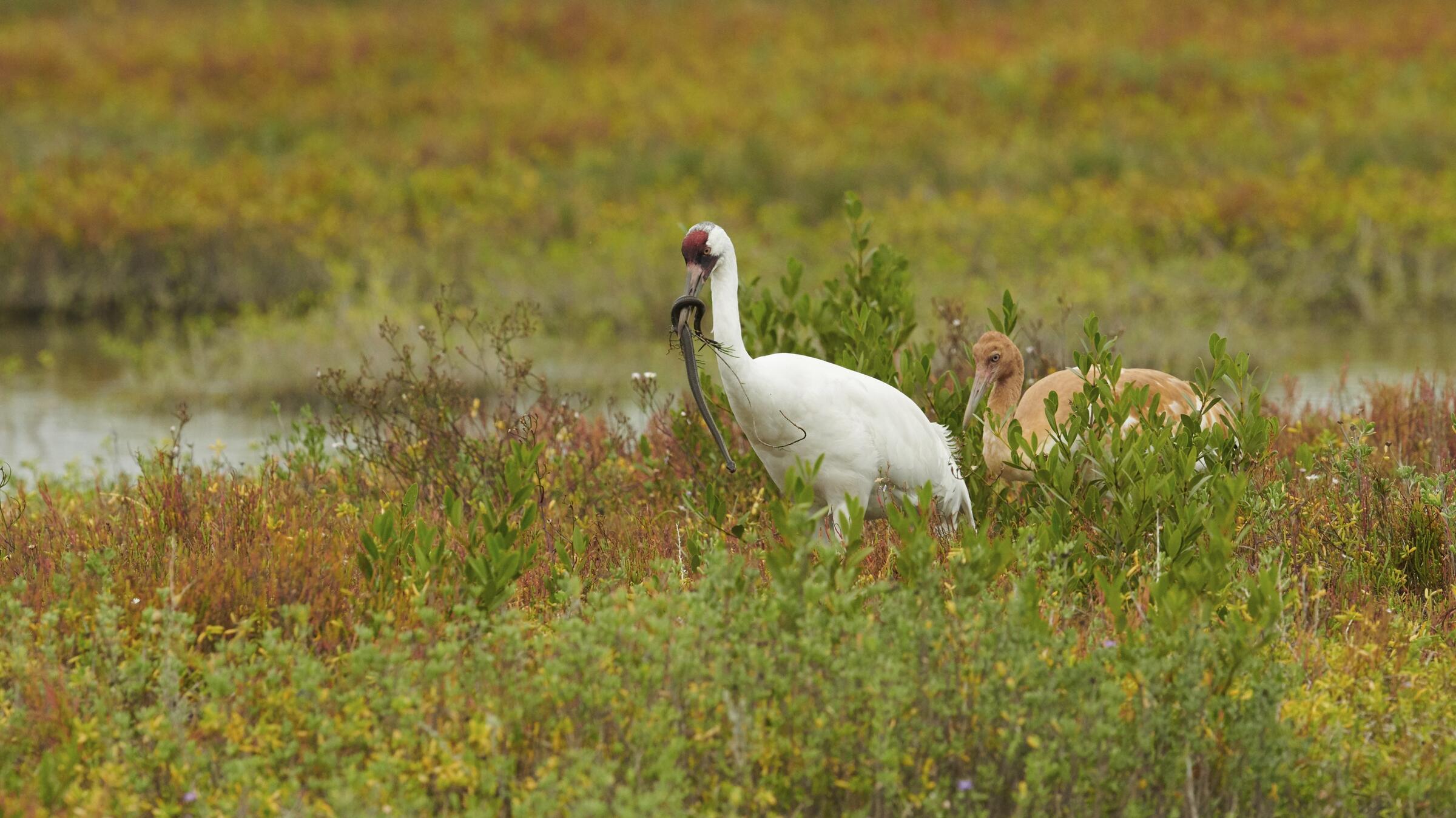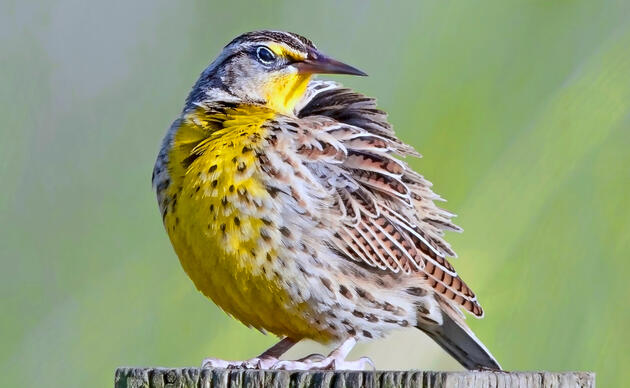The Republican River Compact, a water sharing agreement set in place between Nebraska, Kansas, and Colorado in 1943, is at the crux of the proposed transfer of water. Under the Compact, each state is allowed a proportional share of the Republican River’s supply of water, and each upstream state is required to ensure that it sends the appropriate share of water to each downstream state.
As more groundwater wells have been dug to support irrigated agriculture within the Republican River Basin, and the pumping of groundwater from aquifers connected to the Republican River and its tributaries started to reduce streamflow, Nebraska found it to be more and more difficult to send the required amount of water to Kansas. Kansas has filed a number of successful lawsuits against Nebraska for failing to comply with the Compact, and now Nebraska is searching for new supplies of water to send downstream.
The State of Nebraska and local Natural Resources Districts in the Republican River Basin have put provisions in place to reduce water use to a degree. Still, Nebraska is in danger of overusing its allotted supply, especially in dry years when streamflow is naturally scant and irrigators must rely on groundwater more.
The proposed transfer of water from the Platte River to the Republican River is a faulty means of helping Nebraska remain in compliance with the Republican River Compact, that comes with a number of consequences for both river basins.
Nebraska not only has an interstate agreement in the Republican River Basin, but in the Platte River Basin as well. The Platte River Recovery and Implementation Program (PRRIP) is a cooperative agreement between the states of Nebraska, Colorado, and Wyoming, as well as the federal government and private water users along the Platte. The purpose of PRRIP is to restore and improve critical habitat in the central Platte River for federally endangered and threatened species, including the Whooping Crane, Interior Least Tern, and Piping Plover.
PRRIP involves cooperative efforts among members to improve habitat along the central Platte in a number of ways, including increasing streamflow. PRRIP members have agreed to a water goal under which 130,000 to 150,000 acre-feet of water would be returned to the river on an annual basis by 2019 – but that goal has still not been fulfilled with approximately 50,000 acre-feet per year still to make-up.
PRRIP has been granted a 13 year extension to meet its water goal, but with such a large deficit to streamflow remaining in the Platte River, it is difficult to see how a proposal to remove more water from the Platte watershed is justified. The arrangement under PRRIP does not only improve habitat for endangered and threatened species, but also provides its members and water users with the security of remaining in compliance with the Endangered Species Act.
By participating and contributing to PRRIP, states and private water users are provided certainty over their current water uses and freedom from federal regulatory constraints that would otherwise blanket the entire watershed.
Approval of the interbasin transfer could very well put Nebraska and its citizens in danger of non-compliance with the Endangered Species Act – putting a larger, more critical eye on current water uses.
At the state level, Nebraska has put its own regulations in place in order to protect current water users in the Platte River Basin by determining that the portion of the Platte River upstream of the village of Elm Creek was “overappropriated”, and that the entire stretch of the river from Nebraska’s western state line to near the city of Columbus was “fully appropriated”. According to Nebraska state statute, this means that the current uses of water within the Platte River Basin are unsustainable over the long-term and that approving additional uses of Platte River water would not be in the public interest. Since the 2004 fully appropriated designation, no new surface water or groundwater use permits have been issued in the Platte River Basin without proof that the water would be “offset” or replaced in some manner.
And drought – both its impact and its inevitability - is what every water user in both river basins is most concerned about.
What benefit will the investment in the interbasin transfer be when drought comes to the region?
In order to lessen the impacts of drought conditions that will inevitably come, PRRIP members, the State of Nebraska, and local Natural Resources Districts have put great expense into harnessing “excess flows” as they occur along the Platte River and allowing them seep into the aquifer where the movement of water downstream is slowed and supplies can be stored until needed. Transferring these “excess flows” to the Republican Basin reduces supply certainty for Platte Basin water users – as well as birds, fish, and wildlife – over both the short and long-term.
More about the proposed transfer
How you can help, right now
Support Rowe Sanctuary
Help us continue our important work for Sandhill Cranes and other birds that rely on the Platte River ecosystem!
Support Spring Creek Prairie
We are able to provide and protect this amazing landscape only with the help of private donations. Help us keep the trails open and the prairie thriving!
Support Audubon in the Great Plains
Support our work with local landowners, urban woods and prairies, and education programs in Nebraska and the Dakotas!




